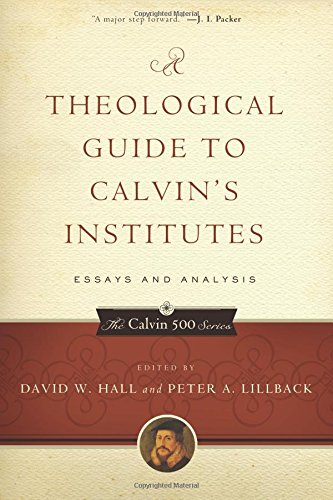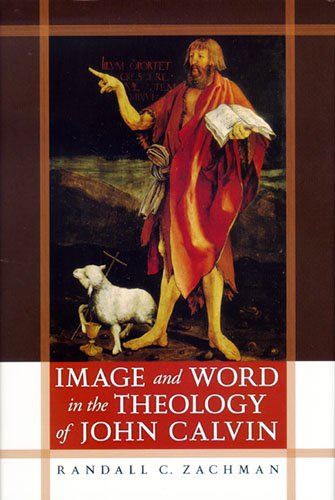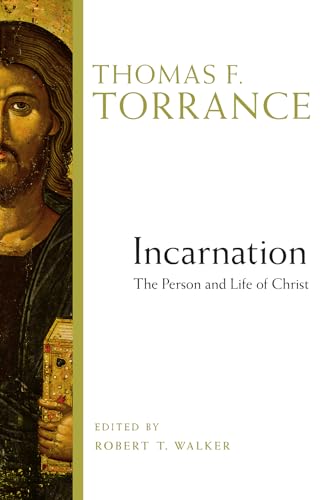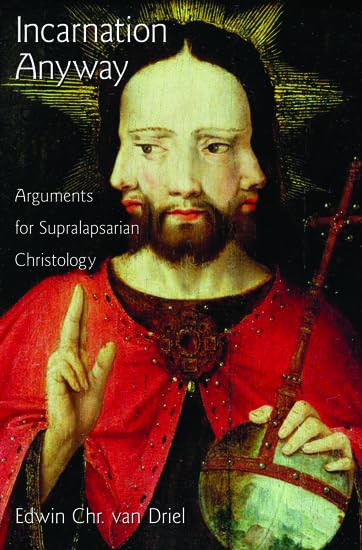A Matter of Conviction: A History of Southern Baptist Engagement with the Culture
Written by Jerry Sutton Reviewed By David RoachIn A Matter of Conviction, Jerry Sutton explains how Southern Baptists applied their Christianity to cultural issues between the nineteenth century and the early twenty-first century. Sutton is the former pastor of Two Rivers Baptist Church in Nashville, Tennessee, and holds a PhD in church history from Southwestern Baptist Theological Seminary in Fort Worth, Texas. He argues that the Southern Baptists consistently attempted to lead America toward increased social righteousness.
Chapter one explains how Christianity is the foundation for Western civilization and how conflicting views of morality clash in the West. Chapter two surveys the Bible’s teachings on ethical standards. The chapter also shows how the church attempted to live out those standards in different periods of history. The next six chapters chronicle the Southern Baptist Convention’s efforts at cultural engagement between the mid-1800s and the early twenty-first century. From its founding, the convention addressed moral and social issues (pp. 53–82). In 1908 the Southern Baptist Convention established a Committee on Temperance and later a Social Service Commission. Until 1946, the Social Service Commission led Southern Baptist efforts to engage culture, focusing mainly on temperance, race relations, corruption, and world peace (pp. 83–122). During the next thirteen years, the convention continued to address moral concerns and expanded the Social Service Commission by hiring its first executive secretary. Despite some positive work, the commission began to identify with theological liberalism. The Social Service Commission changed its name to the Christian Life Commission during this era (pp. 123–59). Between 1973 and 1988, the Christian Life Commission moved increasingly to the left theologically and politically and fell out of step with rank-and-file Southern Baptists. The commission’s pro-abortion stance particularly offended many Southern Baptists (pp. 206–70). Richard Land was elected head of the commission in 1988 and brought the agency back in step with the convictions of Southern Baptist conservatives. During Land’s tenure the commission was renamed the Ethics and Religious Liberty Commission and fought for righteousness in the public square (pp. 271–420).
This book is encyclopedic in its treatment of Southern Baptist cultural engagement and well researched at many points. By focusing on important personalities in the history of the Christian Life Commission, the work outlines a large body of history without pedantic focus on details. Sutton demonstrates a thorough knowledge of primary sources related to his topic, especially Southern Baptist Convention annuals and Christian Life Commission documents. He also helpfully situates Southern Baptist cultural engagement in its larger context by reminding readers of the significant events in American history during each era of the twentieth century. Perhaps most importantly, Sutton rightly demonstrates that conservative theology results in social righteousness if lived out consistently.
Despite the book’s strengths, it has several weaknesses. First, Sutton fails to reference important secondary sources on Southern Baptist cultural engagement and relies on some sources that are insufficient for scholarly research. Among the important omissions from footnotes are Rufus Spain’s At Ease in Zion and John Lee Eighmy’s Churches in Cultural Captivity. Sutton repeatedly cites the Internet-based encyclopedia Wikipedia. Second, Sutton depicts Southern Baptist racism in an inappropriately positive light, explaining or justifying when he should condemn. For example, the Southern Baptist Convention formed in 1845 because “militant abolitionists among northern Baptists forced the hand of Baptists in the South” (p. 64). In the 1940s when the Southern Baptist Convention failed to oppose segregation, Sutton says the denomination sounded “a clarion call that Southern Baptists, or at least their leaders, had every intention of promoting aggressively what they perceived to be the Christian viewpoint on racial matters” (p. 124). Third, Sutton uncritically accepts statements by Richard Land as factual without verification or consultation of other sources. While Land is undoubtedly an expert on cultural engagement and a godly culture warrior, this work would be stronger had Sutton buttressed Land’s recollections with archival research.
Overall, this book is a helpful source for scholars and laymen studying twentieth-century Southern Baptist history. The work’s deficiencies highlight the need for additional books on the Christian Life Commission and Southern Baptist cultural engagement in the twentieth century.
David Roach
The Southern Baptist Theological Seminary
Louisville, Kentucky, USA
Other Articles in this Issue
Why are we talking about preaching with power? Because of what Christianity is...
In the mid-twentieth century, one could readily find informed Protestant observers acknowledging the Calvinist tradition’s major missionary contribution...
The summer of 2007 was the wettest in Britain since records began, registering over twice the usual amount of rainfall between May and July...
How Far Beyond Chicago? Assessing Recent Attempts to Reframe the Inerrancy Debate
by Jason S. SextonThe doctrine of inerrancy has been a watershed issue among evangelicals in the West, perhaps now more evident than ever...
Quite apart from commentaries and hermeneutical textbooks, books on the Bible—its nature and ultimately its authority—have been appearing with daunting frequency of late







